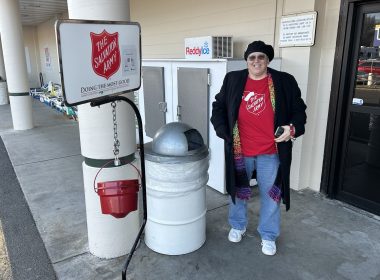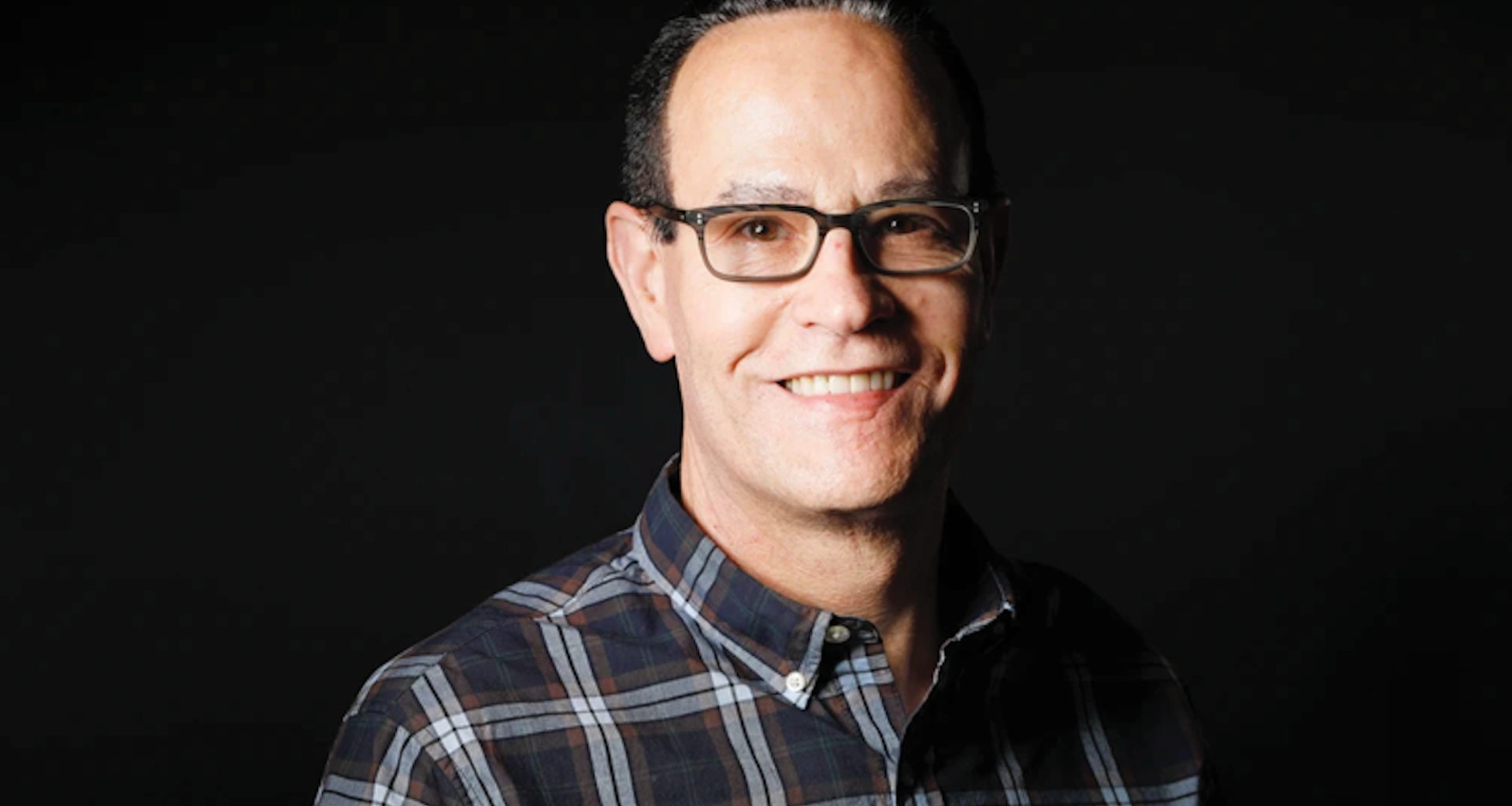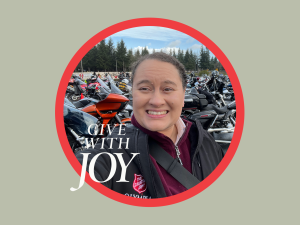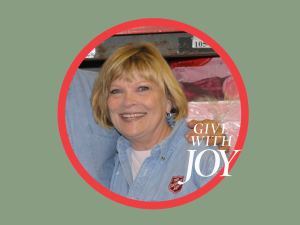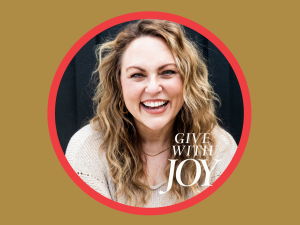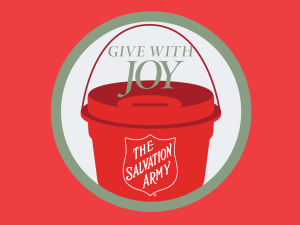One in 7 Americans reports experiencing a substance use disorder, according to the CDC.
Some people may use drugs to help cope with stress or trauma. Others may use them to deal with mental health issues. Others still may even develop opioid use disorder after misusing opioids they are prescribed by their doctors for ailments like back pain.
In any case, using drugs over time makes it easier to become addicted.
Yet for those that become addicted, just one in 10 people will receive treatment. The reasons for this low rate range from stigma to difficulty actually accessing treatment services.
It’s something Steve Adami is keeping a close watch on.
Steve spent two decades in and out of jails and prison. After his release, he earned a master’s degree in Public Administration, he was inducted into Pi Alpha Alpha, a National Honor Society for Public Affairs and Administration; and he even received the Barbara Jordan Award for Academic Excellence from San Francisco State University.
A few years later, Steve was hired by the San Francisco Adult Probation Department as a Reentry Services Coordinator, and later as the Director of the Reentry Division. In this role, he designed and managed a portfolio of reentry and recovery-focused programs for those who faced addiction and incarceration.
In May 2023, Steve stepped in as the Executive Director of The Way Out, a recovery-focused homeless initiative of The Salvation Army.
Ultimately, Steve wants to make sure it’s easy for anyone who wants to get treatment to get treatment. And he’s on the show to share more about the effort to do just that.
Show highlights include:
- Why Steve Adami said his recovery started in a pair of handcuffs.
- What helped him during his recovery.
- What he’s focused on as Executive Director of The Way Out program.
- The three-phases are that make up The Way Out.
- How The Way Out is different from other recovery-focused homelessness initiatives.
- Why it’s difficult for people who want treatment to get it.
- How The Way Out’s model streamlines the process of obtaining treatment.
- Misconceptions about addiction that Adami often hears.
- What Adami is looking forward to this year.
- How you can get involved and help support The Way Out.
Listen and subscribe to the Do Gooders Podcast now. Below is a transcript of the episode, edited for readability. For more information on the people and ideas in the episode, see the links at the bottom of this post.
* * *
Christin Thieme: Well, Steve, welcome to The Do Gooders Podcast. Thank you so much for being here today.
Steve Adami: Thank you, Christin. It’s a pleasure.
Christin Thieme: I’ve heard you say that your own recovery started in a pair of handcuffs. Can you explain a little bit more about what that means?
Steve Adami: So, I do have quite an amazing story. I got clean and sober in a set of handcuffs after spending a few decades in and out of jail and prison. I got arrested in February 2008 and got an amazing gift, I got clean and sober. And that was really the start of my transformation. And on a five-year prison sentence, I served close to 36 months and was released in December of 2010.
Christin Thieme: Is there anything in particular you can pinpoint that helped you during your own recovery, that you’re especially mindful of now as you’re working to build out this recovery-focused programming for others?
Steve Adami: One of the amazing discoveries I found out about myself when I was sitting in a prison cell is that, at the center of all my problems, there I was. And then I realized if I was the problem, I could also become the solution if I could just build a support network around me to help me through challenging times. And when I got out of prison, I did just that. I built an incredible support network. I eventually went back to school and earned a Master’s degree. And then in 2014, I was hired by the San Francisco Adult Probation Department and promoted a few times and became the Director of the Reentry Division. And in that role, my team and I designed and implemented close to 70 programs in a nine-year timeframe, and also managed operations of San Francisco’s Reentry Council. So, all of that was only possible because of the support I had in the recovery community when things got tough.
Christin Thieme: Can you explain now what you’ve been focusing on with The Way Out, with the Salvation Army since you stepped in as its Executive Director last spring?
Steve Adami: Well, The Way Out is a real exciting initiative, and in San Francisco, it’s really focused as a homeless initiative designed to help San Franciscans and its residents thrive. So what we’ve done is, The Way Out is an integrated model that coordinates all of our local efforts in San Francisco into a recovery system of care that helps people who are unstably housed and struggling with addiction get off the streets, helps them stabilize and heal, teaches them how to live, gives them a couple of years to practice living, then helps them reclaim their place in the community. The whole process can happen over about a three-year period if people need that much time. But one of the challenges in San Francisco is people that are struggling with addiction, it takes up to 10 days to get into treatment.
Through The Way Out, what we’ve done is leverage four core programs. So, the Harbor Light’s Recovery Wellness Services offers drug treatment on demand to any San Franciscan who’s struggling with addiction. From there, we transition people either to an Adult Rehabilitation Center or the Harbor Light Residential Treatment Program where people can stay for six months or so. And after people complete drug treatment, we then provide, at no cost, two years of free transitional housing where people are given an opportunity to learn marketable job skills, find a job, and save money. The goal of the entire initiative is to help people get off the streets and reclaim their lives, and be able to be independent and free of not only drugs, but of justice involvements or any other challenges that they’re faced with in life.
Christin Thieme: And I know it’s a three-phase initiative. Is that what you just walked through, or can you provide a little bit of detail about each of the different phases?
Steve Adami: Sure. I mean, the interesting thing about the phases is that people can enter at a variety of different points depending on the level of care that they need. So, initially, people that are struggling with homelessness and addiction, in San Francisco, there’s 19,000 people cycle in and out of homelessness each year. On any given night, 8,000 people have nowhere to call home. 4,000 of them are living on our streets. The other 4,000 are in shelters or navigation centers or programs. So, of the 4,000 people living on our streets, our own city data tells us that about 70% of them are addicted to drugs. And if you do outreach in San Francisco, what’s really interesting is that, one, people don’t know where to get help. And two, it’s like most people have lost hope. Our city has been overrun with open-air drug markets, public drug use, and low-level crimes such as theft, car break-ins, and so forth.
And when you talk to people that are on the streets, it’s just really hard for them to find an avenue or a pathway to a new life. And so, The Way Out really is that pathway. It provides drug treatment on demand at the Harbor Light Center. So, it’s the only program in San Francisco that’s a licensed residential drug treatment program that you can just show up and knock on the door and we will take you right in. You can stay in our Recovery Wellness Services for a couple of weeks until you really stabilize and heal. It will help you with your primary healthcare needs, behavioral healthcare needs, and then any type of medication you may need for withdrawal from opiates. And then from there, phase two is you enter longer-term residential treatment. And during that phase, you’re really learning how to live. So, we’re teaching healthy relationships, adaptive coping strategies, relapse prevention, things that normal people that struggle with addiction are challenged with.
And then, once you learn how to live and you graduate from that program, we then give you a couple of years in transitional housing where you can practice those skills in a really safe environment, where if you make a mistake, you won’t be made homeless again, or you won’t go back to jail and or prison, but you might go back to a different level of care. So, if somebody relapses when they’re in the transitional housing program, we won’t kick them out, we will just move them back to our Recovery Wellness Center for a few nights where they can stabilize, heal, and detox from drugs, and then we would move them back into the housing program.
Christin Thieme: It sounds like it really is that support network that you’re talking about being so key for people.
Steve Adami: Yeah, it’s really critical. There’s 11 local programs that we’re coordinating into The Way Out. And then, as I mentioned, four are really core elements. And then, there’s an additional supportive services that also help people who are eligible for those services, for the contracts with the city.
Christin Thieme: So, how would you describe how The Way Out is different from other recovery-focused homeless initiatives?
Steve Adami: Well, it’s really an evidence-based model that’s designed to meet the needs of San Franciscans struggling with addiction. It’s not dictated by a nonprofit or government. It really came from the ground up. It was really based on the needs of people that we’ve heard that are living on our streets. There was a statewide study by the University of California San Francisco that was published in July. And one of the interesting data points that came out of it was 60% of California’s unhoused population suffer from primary healthcare needs. Secondly, 20% of the people that wanted to get into drug treatment services had no idea how to do that. And third, the average wait time in San Francisco to get into drug treatment is approximately 10 days. So, people that are living on the streets are not going to go and sign up for an assessment to get into treatment and then return to complete the assessment and get placed.
So, what The Way Out has done is we’ve removed all barriers to residential treatment. Literally, people can show up at our Harbor Light Center and we will take them in that day. We’ve removed all the bureaucratic hurdles that Medi-Cal typically puts in place to get into drug treatment. Secondly, people on the streets were saying, “We weren’t incentivized to go into treatment,” because when they graduated, there was really no place for them to live, and that they didn’t want to go to drug treatment then return back to their encampment or their tent. And so, what The Way Out has done is guaranteed every San Franciscan who completes drug treatment two years of free transitional housing. So, that’s not only people that complete drug treatment with The Salvation Army. It could be people that complete drug treatment at other city funded programs.
One of the really critical elements that we created was a thing called the Pathway to Independence, and the Pathway to Independence in and of itself is an initiative that’s part of The Way Out, that we’ve done extensive outreach to other treatment programs in the city and shared the initiative with them, that gives people hope when they go into treatment. When we go over there and we talk to people in drug treatment, we start talking about their plans post-program, often they don’t have them, and that’s where probably about 80% of the people that don’t have plans for when they get out of treatment go back to doing what they were doing before. And so, what this does is it incentivizes people to complete treatment and then move into our transitional housing program. It’s kind of our guarantee that we got their back when they complete treatment.
Christin Thieme: You’ve been quoted as saying it’s easier to get dope than it is to get treatment. So, it sounds like this is all set up to at least equalize those things, where there is a way to get help if you want it.
Steve Adami: It’s sad that that’s the state of San Francisco right now, it wasn’t always that way. But as we pulled out of the pandemic, things just continued to get worse, and that the city is really facing a crisis. And The Salvation Army has kind of rolled up its sleeves and elevated its presence in the city to lead San Francisco’s addiction response and recovery efforts, to really let people know that we’re here to support them. It’s really central to our work to ensure that everybody has a shot at a new life.
Christin Thieme: What would you say is a misconception about addiction or those battling substance abuse that you hear repeated often, that it wasn’t that way?
Steve Adami: I think the biggest misconception, locally, I can only speak local stuff. But one of the biggest misconceptions is that, of their own accord, most addicts will realize someday that what they’re doing is not only harming themselves, but people that love them and the community, and San Francisco’s kind of uber harm reduction approach is really causing more harm on the people using drugs and the community at large. And I think the biggest misconception is that by having really permissive policies doesn’t help people come to the realization themselves. But if you really have an accountability-based society where people are held accountable for their behavior and their actions, it often brings people to a point where they need to make a decision about the way they’re living.
I live in the city, I was born in the city, I walk to work, I exercise regularly, so I’m running through the city as well. And what I see is people that are living on the streets that are kind of checked out and don’t have any hope, and they’re not being provided really any solid direction on how to improve the quality of their lives. And it’s like, people want to move the problem from the street into housing, yet they don’t help the people overcome what drove them to the streets in the first place. In the last four years, we’ve had nearly 4,000 people that we’ve lost to overdose. And of those overdose deaths, nearly 71% of them happened inside, demonstrating that housing is not the solution to a drug crisis.
Treatment is the solution to a drug crisis. And people are often battling this narrative where, why would they go to treatment when somebody is offering them a free apartment? The Housing First model is really, it’s really got some good elements to it, and it’s got some challenging elements to it as well. It’s nice to see people have an opportunity to get an apartment and live like everybody else lives. The challenging part of it is, is it doesn’t help people reach their full potential. So, with Housing First, there is no required element of services. It’s all voluntary. The premise is a little bit flawed. And what The Way Out does is just the opposite. It helps people address kind of the mitigating problems that have caused problems in their lives, and then gives them an opportunity to access services to improve their lives and overcome some of the challenges that have set them back through the course of their life.
Christin Thieme: And as you are approaching a year in this role, what are you most excited about looking ahead?
Steve Adami: We have done a lot of work in just the last six months. So, in the last six months, we rolled out treatment on demand at the Harbor Light Center. We rolled out the Pathway to Independence initiative. We have doubled enrollment at the Harbor Light Center where there’s nearly 100 people in residential treatment today. We opened the doors of the Joseph McFee Center, a recovery-focused transitional housing program in the Mission District of San Francisco. The program is at capacity. There’s 37 people in the program. It’s got 40 people on the waitlist. We will be remodeling the building in January, and by the beginning of March, we’ll be expanding to 100 participants. And then, in June of 2024, we will be adding a woman’s wing, bringing us up to about 112 participants in that program. So, it’s nice to see our efforts scale.
Parallel to that, in January, using our own resources in the city, we’ll be implementing access points. So, people that need to get into our system of care will be able to go to six or seven of our own locations, and they’ll be transported over to the Harbor Light Center. So, not only will we be promoting The Way Out, we’ll be promoting access points for people to engage in our services that don’t live in the SOMA area where the Harbor Light Center is located. And I think, working with other nonprofits and the city to implement more strategies to support people struggling with addiction, just last month, Destiny Pletsch and I, she is the Deputy Director of The Way Out, we wrote a concept paper for a stabilization center to meet the primary healthcare needs of people living on our streets. And so, it’s an exciting project that we hope to at some point be able to roll out and add to our continuum of services in San Francisco.
Christin Thieme: For somebody listening who wants to take a first step into The Way Out, where do they go? What do they do?
Steve Adami: So, in San Francisco, it’s simple. You could literally show up to 42 McLea it’s at 9th and Harrison Street in San Francisco. You don’t need a referral, you don’t need ID. All you need to do is knock on the door and say you want some help, and we’ll take you in that day. And from there, we’ll start getting you connected to community mental health services, medication assisted treatment if needed, we’ll create a treatment plan for you, and really create a pathway to a new life from that initial step.
Christin Thieme: And what about for those who are inspired by this initiative, who want to get involved, want to support the effort, how can people help?
Steve Adami: That’s a really easy question. So just go to thewayoutsf.org, all one word, thewayoutsf.org, and on there, there’s a link where you can click and get connected with us.
Christin Thieme: Great. Well, Steve, thank you so much for taking the time to share, and thank you for all the work that you’re doing.
Steve Adami: I appreciate it, Christin. It’s nice to talk to you.
Additional resources:
- See how The Salvation Army supports rehabilitation.
- What makes a good story? Where can you find “the magic” in one? And how do our values integrate with our own story? Take our free email course and discover exactly how to find your voice, own your story and share it with others.
Listen and subscribe to the Do Gooders Podcast now.




